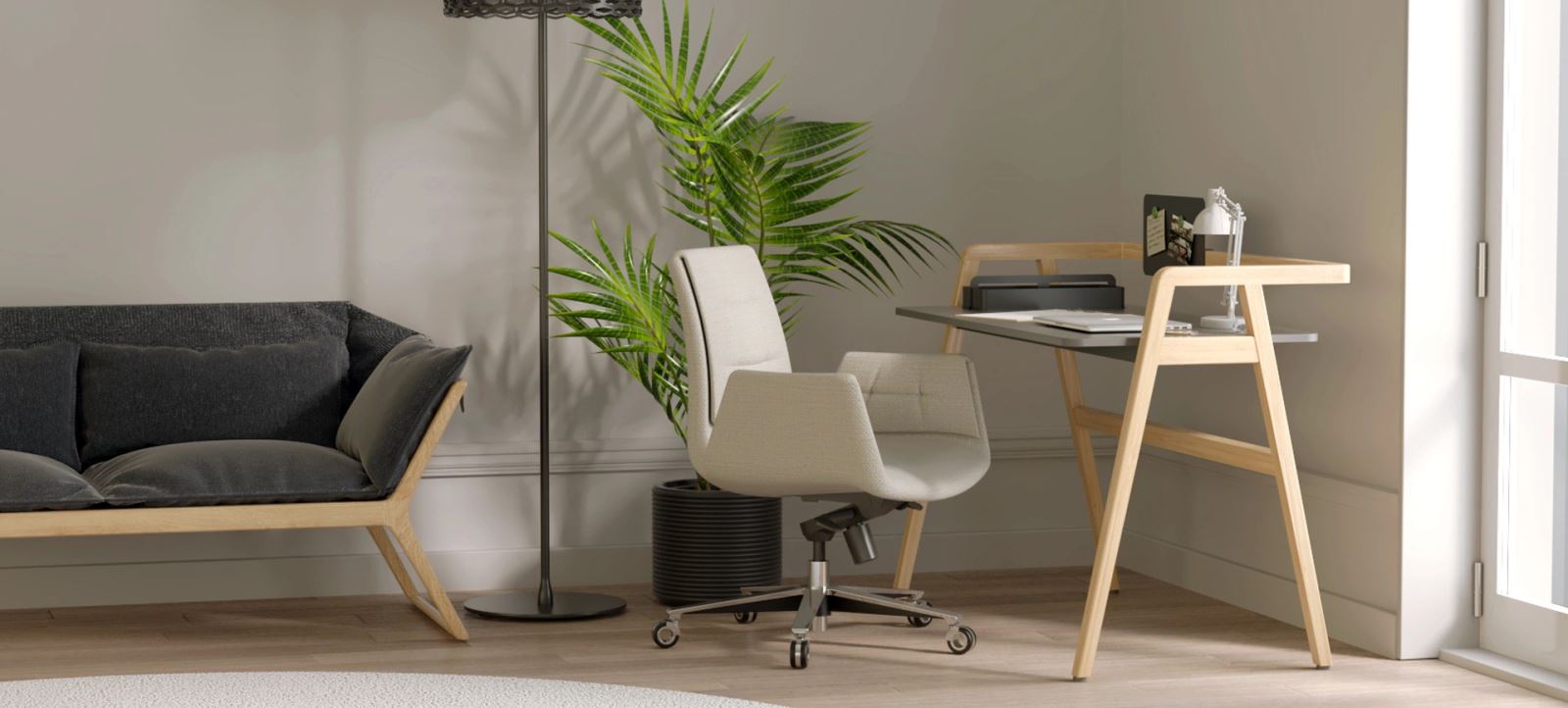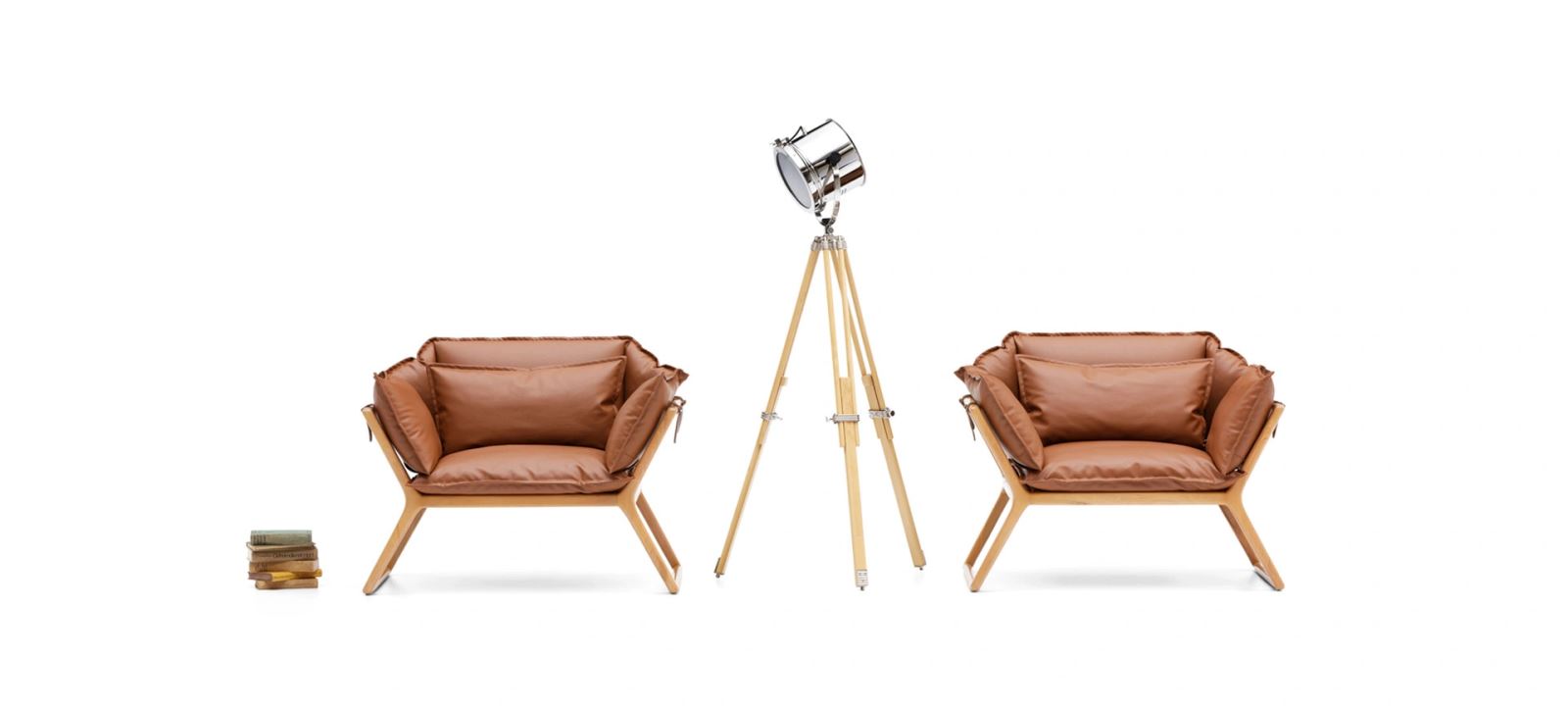Sustainability in Office Furniture: The Choice of the Future
Offices are not just places of work; they are also living spaces that reflect the values of organizations and where employees spend a large part of their daily lives. In today's world, however, it is not enough for an office to be considered “well-designed” simply because it is aesthetically pleasing or comfortable. Environmentally friendly, durable, and healthy solutions have now become an indispensable criterion.
At this point, the use of sustainable materials stands out as the standard of the future in office design. Sustainable materials are those produced without harming nature, recyclable, or long-lasting, thereby reducing resource consumption. These materials not only protect the environment but also user health.
If you are looking for furniture that is both ergonomic and environmentally friendly for your office, Bürotime may be the right place for you. The fundamental principle of Bürotime's sustainability approach is based on the passion to bring innovative products to life while considering human, environmental, and design elements. Within the framework of its “Integrated Management System Policy,” it has adopted the principles of using raw materials that do not endanger the environment and human health, reducing waste, and increasing recycling rates. There are many benefits to choosing these materials.

Respect for Nature, Respect for the Brand
First and foremost, environmental responsibility is no longer just an ethical issue for an organization; it is a competitive advantage. Sustainable office design both strengthens corporate image and contributes to employees' adoption of these values.
Durable, Long-Lasting, Cost-Effective
Sustainable materials are typically durable and require minimal maintenance. This reduces costs over time and minimizes the need for constant replacement.

Healthy Work Environment
Paints and coatings with low VOC (volatile organic compound) content improve indoor air quality. Spaces created with recycled natural materials are better for employees both physically and mentally.
Sustainable materials can be used in many different ways in offices. Bamboo or recycled parquet can be preferred for floor coverings. Modular and portable systems can be used in furniture, and natural wool or recycled fabrics can be used in acoustic panels. Recycled ceramic or stone coverings on walls and energy-efficient double-glazed systems on glass surfaces are among the building blocks of sustainable offices.
In conclusion, offices designed with sustainable materials not only meet today's needs but also those of the future. They protect nature while providing employees with a healthier and more comfortable working environment. Therefore, sustainability is no longer a choice for organizations but a strong investment in the future.
